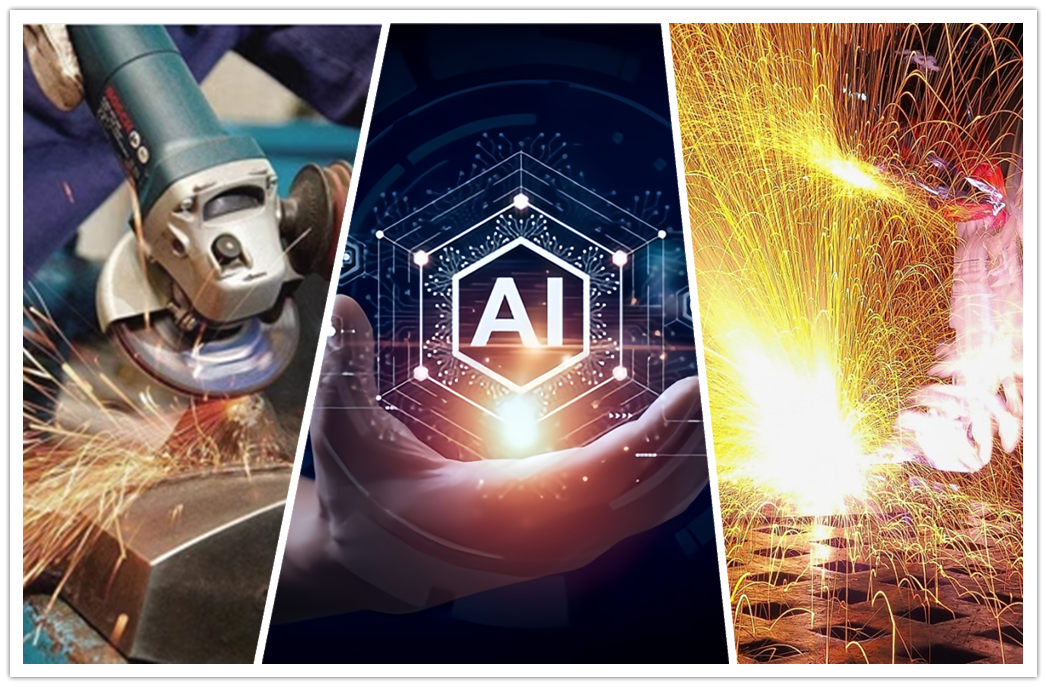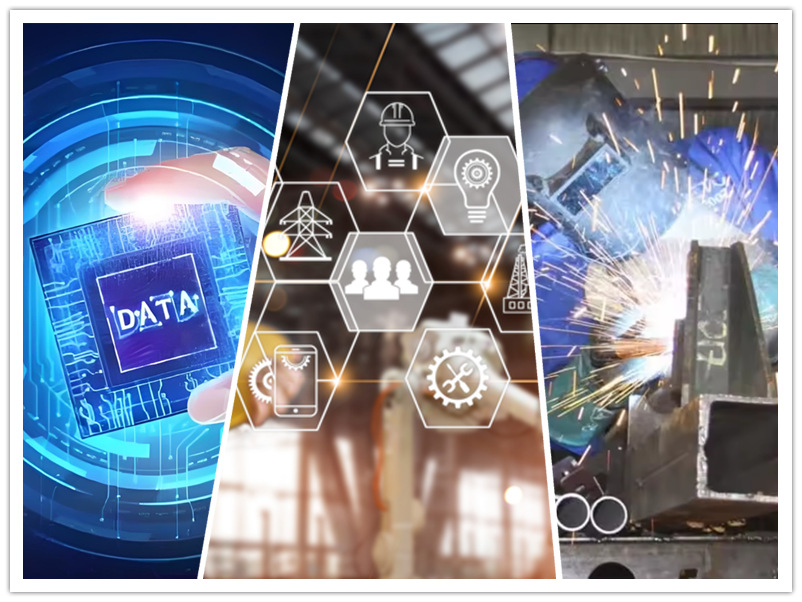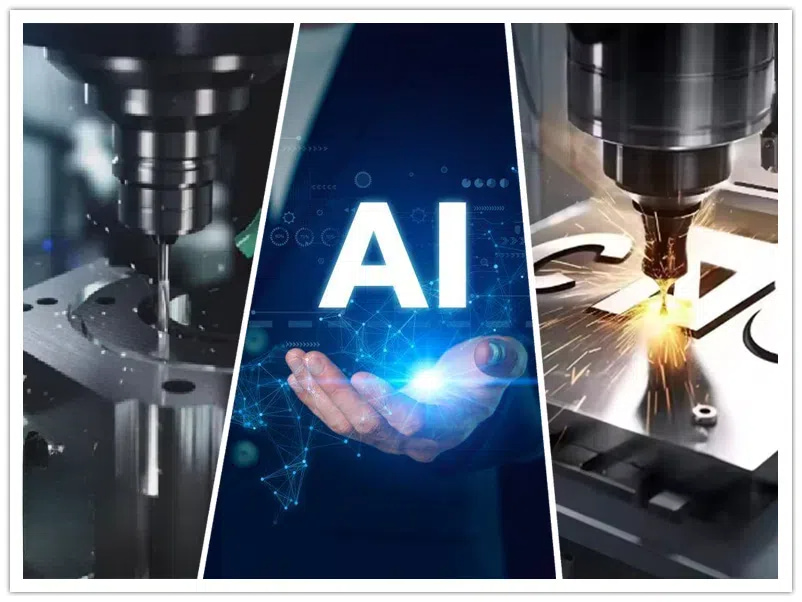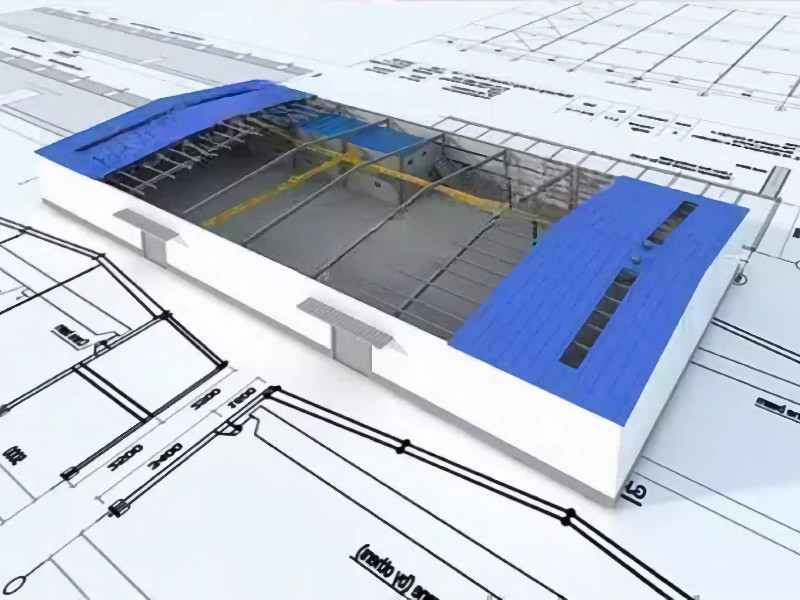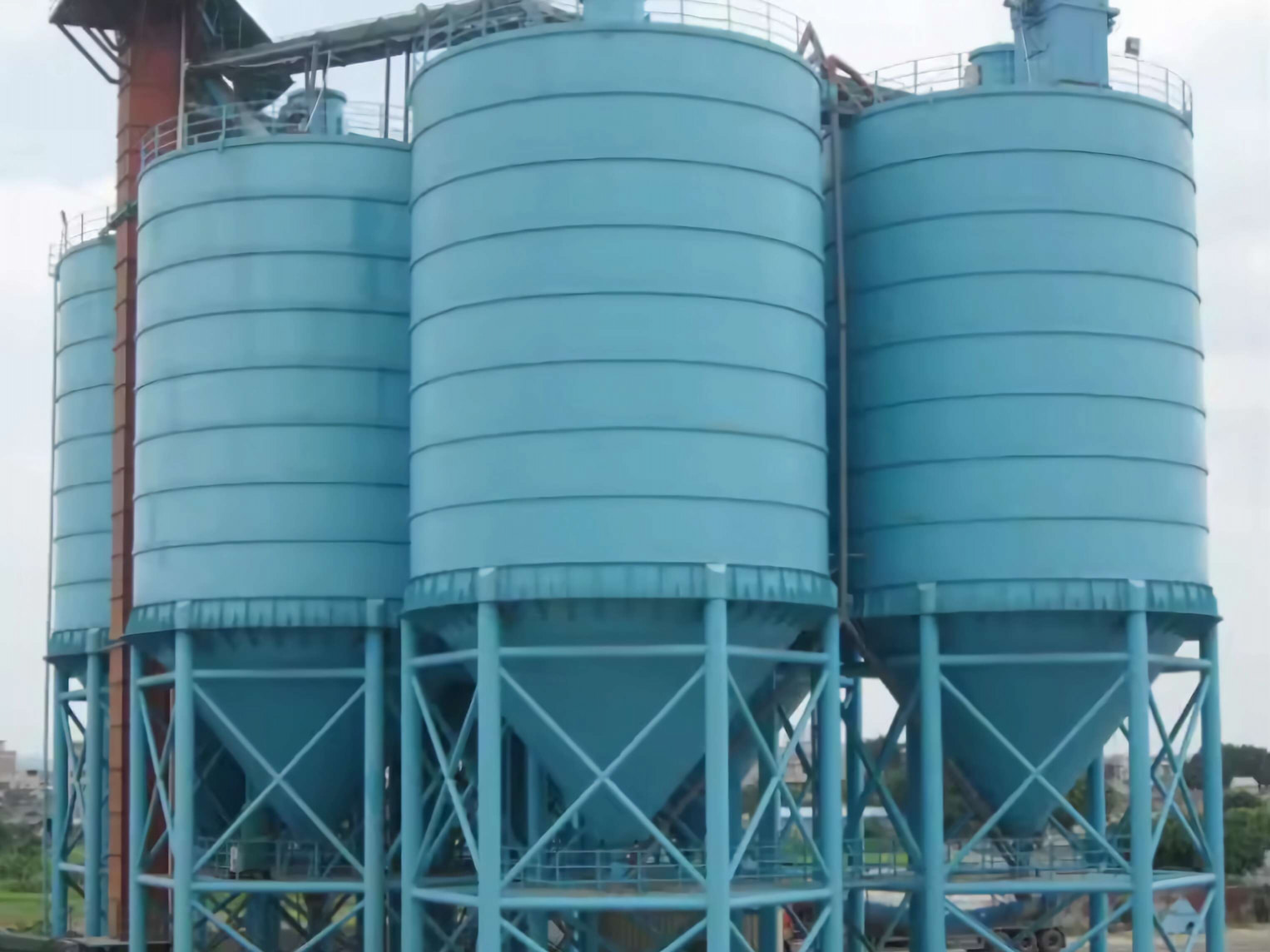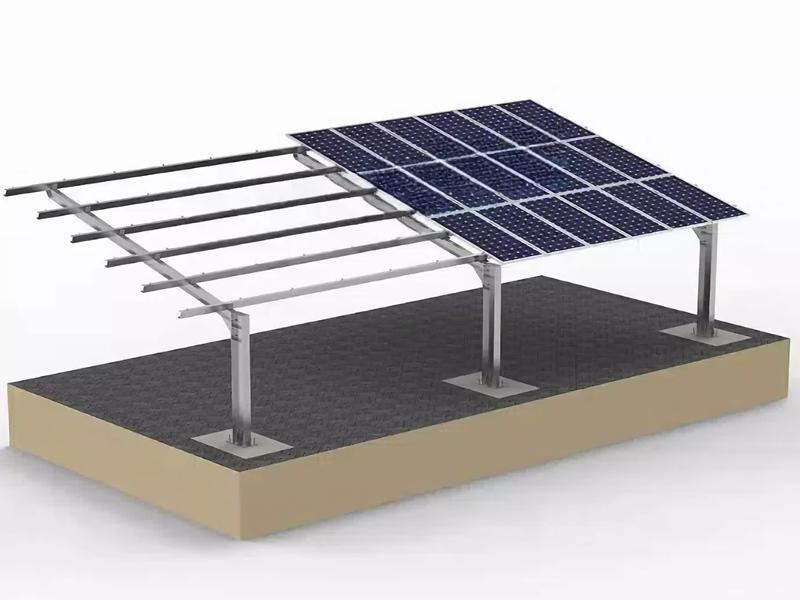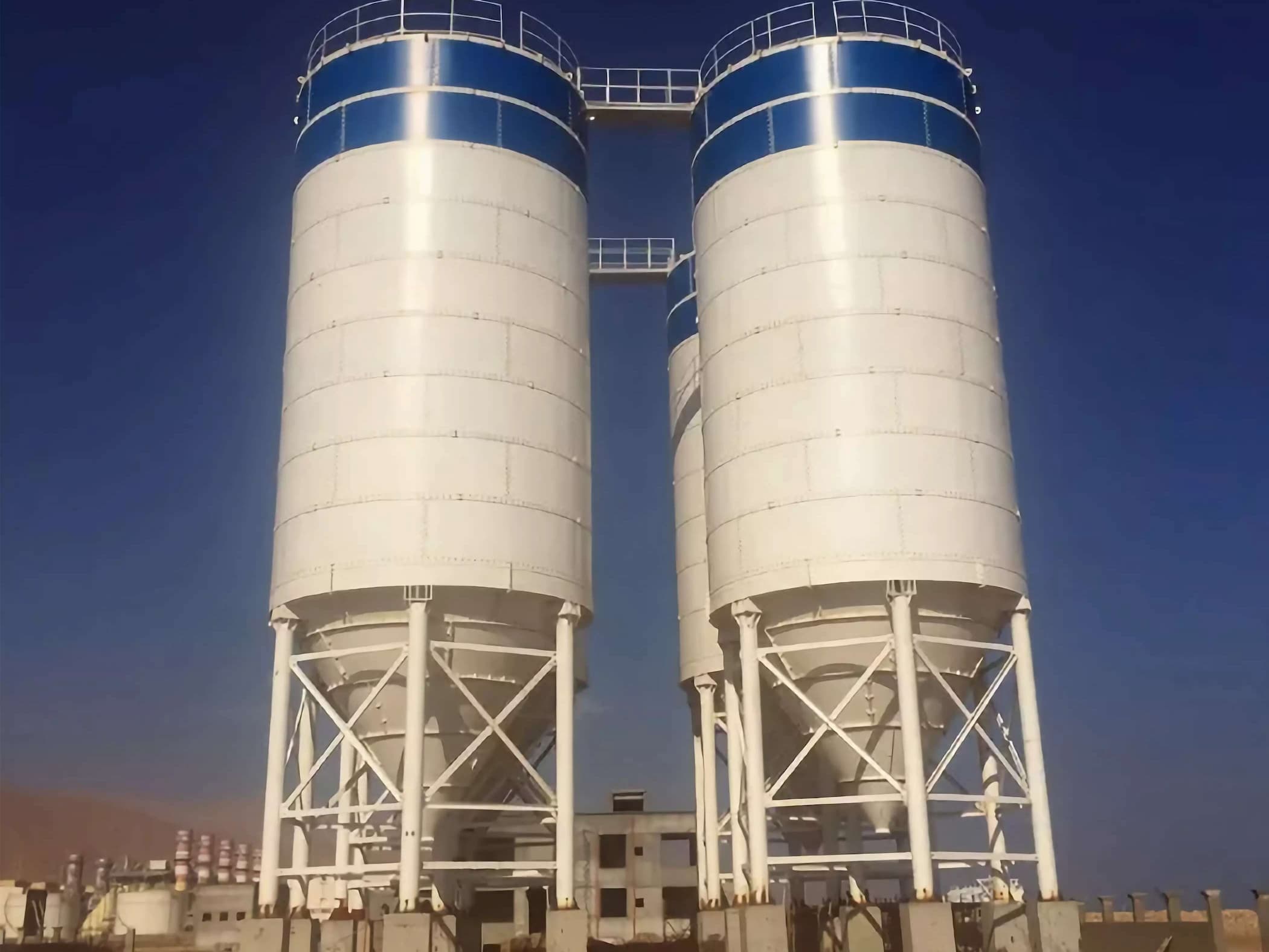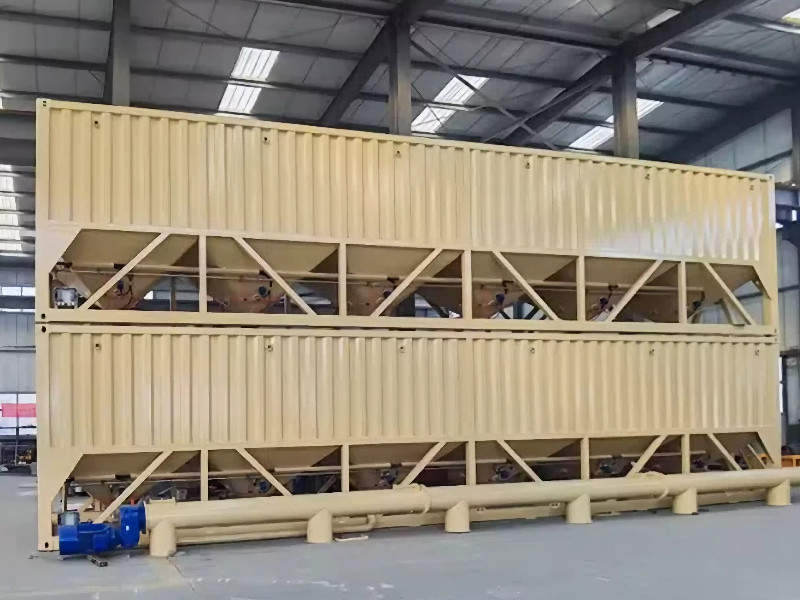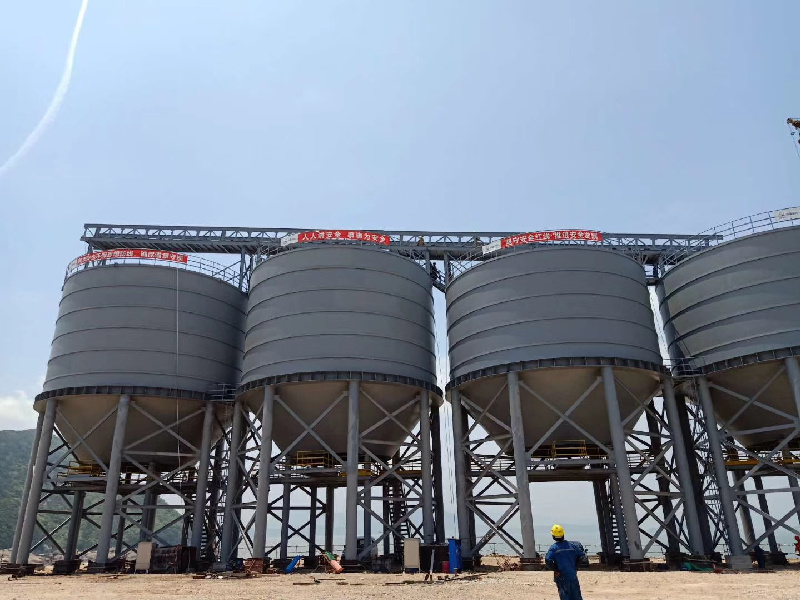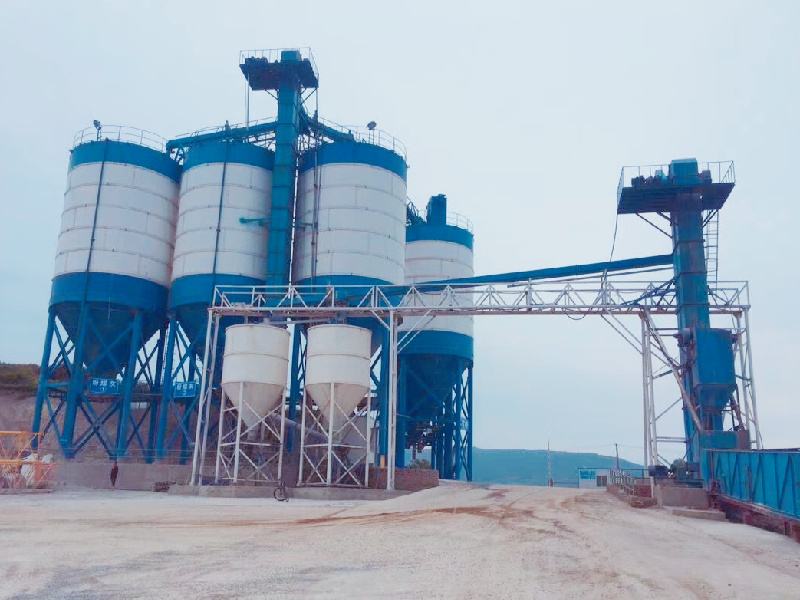Enhancing Traceability in Metal Fabrication Products: The Path to Improved Customer Satisfaction
Jun 23, 2024
In the field of metal fabrication manufacturing, the quality and reliability of metal products such as metal steel silos, metal waste bins, metal welding fabrication components, and steel structures are of utmost importance. In recent years, the traceability of steel fabrication products has become a significant issue. Traceability not only ensures the quality of the final product but also enhances customer confidence in those products by providing transparency in the welding and fabrication production process.
The Importance of Traceability In Sheet Metal Fabrication Service
Traceability in metal parts manufacturing refers to the ability to track the origin, production time, production standards, quality standards, applications, or the use of the final product throughout its life-cycle. This is particularly importance in industries where need safety, quality assurance, and product compliance are before everything. For instance, in the construction industry, the quality of steel structures and their coefficients for seismic resistance, compression resistance, and wind resistance are vital to the safety of habitants. Similarly, in construction or food industries, metal silos used for storage must be made of high-quality and sufficient steel, adhering to strict metal manufacturing quality standards to ensure the safety of the stored products. Safety accidents caused by poor quality of metal silos, such as silo collapses, often involve significant loss of life or property. Of course, we only use the metal silo as an example, but in other aspects of using metal steel products, the quality of raw materials is still an important consideration.
Achieving Traceability: The Marking
The process to achieving traceability in metal fabrication manufacturing products begins with the raw material itself—steel. By marking the steel with traceable codes, manufacturers can encode important information such as production date, thickness, the quality of steel and place of origin. This method serves as a unique identifier for each piece of steel, allowing for a detailed record of its journey from the factory to the final metal fabrication product. It also facilitates users to judge whether the welding & fabrication products meet quality requirements by checking the recorded quantities. This simple method also helps to select high-quality raw material suppliers and exclude low-quality suppliers from impersonating high-quality ones, thus improving the quality of fabrication welding products across the industry.
Working Principle of Traceability
Steel Marking: Using advanced marking techniques, each piece of steel is marked with a code that includes necessary information. This can be done by laser etching on each product before it leaves the factory, which is durable, precise, and not easily erased.
Data Recording: The marked code is recorded in a database, which serves as the central repository for all traceability information. The data is generally stored for a period of 10 years, which is important for later traceability.
Tracking During Production: As the steel is processed into various metal fabrication components, the code is used to track its progress, ensuring that every stage of production is recorded. The recorded raw data cannot be tampered with to prevent users from evading responsibility by altering data later.
Final Product Tagging: Once the custom metal fabrication product is complete, the traceability code is transferred to the final sheet metal welding parts product, allowing the end user to access the complete history of the materials used. Specifically, the code is universal and open to all end users for verification of the metal fabrication product's authenticity. Users can easily track the production time, production parameters, and quality standards of the raw materials through a computer.
Benefits of Traceability in customized sheet metal fabrication
Implementing a traceability system in metal welding manufacturing offers several benefits:
Quality Assurance: By understanding the source and history of the materials used, metal fabrication parts manufacturers can ensure that only high-quality steel is used. The quality of the steel is consistent with what was discussed with customers.
Compliance: The traceability system helps metal fabrication manufacturers meet industry standards and regulatory requirements, which often mandate the ability to trace steel metal fabrication products back to their source.
Customer Trust: Providing customers with the ability to verify the quality and origin of the materials used builds trust and satisfaction. Customers can conveniently check the origin of the materials, factory information, and quality standards to determine if the materials are compliant.
Risk Management: In the event of a metal fabrication product recall or occur quality issue, traceability allows for a swift and targeted response, minimizing risk or damage to the manufacturer's reputation. By registering the final use, it is convenient to quickly contact the terminal client and reduce the risks associated with the use of metal welding products.
The Future of Traceability In The Area Of Custom Sheet Metal Fabrication Services
With technological advancements, the methods of implementing traceability are also evolving. For example, the integration of blockchain technology provides a secure and immutable way to record and verify traceability information, further greatly enhancing the reliability of the system.
Conclusion
In summary, implementing traceability in metal fabrication manufacturing is more than just a compliance measure; it is a commitment to quality and customer satisfaction. By marking steel with traceable codes, manufacturers can provide a level of transparency that not only meets the requirements of regulatory bodies but also exceeds customer expectations. As the industry continues to improve, the pursuit of enhanced traceability will remain at the forefront of ensuring the safety, reliability, and credibility of metal fabrication manufacturing products.
Read More
